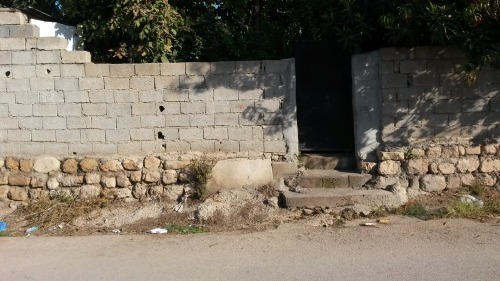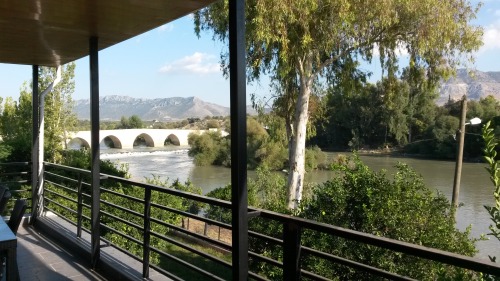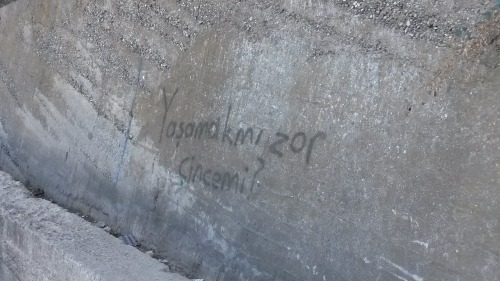
Wei-sheng Lin, ANAMED Junior Fellow and a PhD student at the University of Birmingham, shares his experiences writing up his thesis while at ANAMED and his research trip to Misis…
Trained as a Byzantinist at Birmingham, I find thirteenth-century Asia Minor fascinating. Not only were there political realignments across the region, but also increasing levels of economic and trade activities. Even with a precise focus on the Cilician economy, it is difficult for me to isolate Cilicia from other parts of the Eastern Mediterranean. Instead of viewing borders as permeable, it is rather more accurate to perceive mobility of people across territories back then. This perception is also quite applicable to anyone with interest in research as a career today. While the mobility across borders is requisite, it is a different challenge to navigate today. Now that at a liminal stage where I need to not only finish my writing, but also think about the future after the degree, the company of other fellows of diverse interests and career experiences eases some of my worries. As someone working on medieval maritime traffic, I found a good anchorage here at ANAMED against ever-changing winds.
Though some would not think it a propitious time to be in Istanbul, there is still some good news: the recent establishment of Byzantine Studies centers at Koç and Boğaziçi universities. Bizans Dünyasında Adalar [Islands in the Byzantine World], a lecture series at Boğaziçi, brings the Mediterranean back into focus. The first lecture was delivered by Dr. Luca Zavagno, an alumnus of Birmingham now working at Bilkent University, on his next project on trans-Mediterranean economic history during the Byzantine period.
In contrast to his grand scheme, my research looks at the Western mercantile activities in medieval Cilicia between the twelfth and the fourteenth century. In particular, I plan to articulate the trajectory of economic activities in Cilicia by resorting to archaeological data from the region. Addressing this research need for my doctoral thesis has been facilitated by the staff and other fellows at ANAMED. One of my research trips took me to the team working on Misis. Called Mamistra in the medieval textual sources, it is one of the locations on the Ceyhan River for which there existed archaeological data indicating economic activities for the medieval period. Directed by A. L. D’Agata (CNR-ISMA) and G. Salmeri (Università di Pisa), my meeting with members of the team put my initial findings based on textual sources in perspective. I was also taken on a walking tour around the mound, on which there have been increasing human settlement activities in the past few years. These recent developments showed me the difficulty of reconciling the needs of locals for living space and building materials on the one hand, and the need of researchers to preserve, if not restore, the remains of historical settlements on the other hand.
The case of Misis also demonstrates the vitality of a region encompassing an alluvial plain created by three major rivers: Seyhan, Ceyhan, and Berdan. As trade activities developed in the middle ages, the region responded with local production of desired products for outside consumption.

Figure 2. A view of the Ceyhan River near the mound. (Photo by the author.)
On the walking tour, I also came across an interesting graffiti on the wall circling the mound.

Figure 3. “Yaşamak mı zor Çince mi?” A graffiti outside the mound. (Photo by the author.)
It could be roughly translated as: Is it difficult to live [a life]? [Or] [presumably, to learn] Chinese? As a native speaker, I agree that Chinese could be quite difficult sometimes. Such an existential level is quite unexpected, though. As a historian-in-training, I am still wondering about the possible connection between the language and this small village on the plain. Or I should rather think of it in this way: things are only unexpected if I narrow the realm of possibilities. And it may well be very true for my research.

